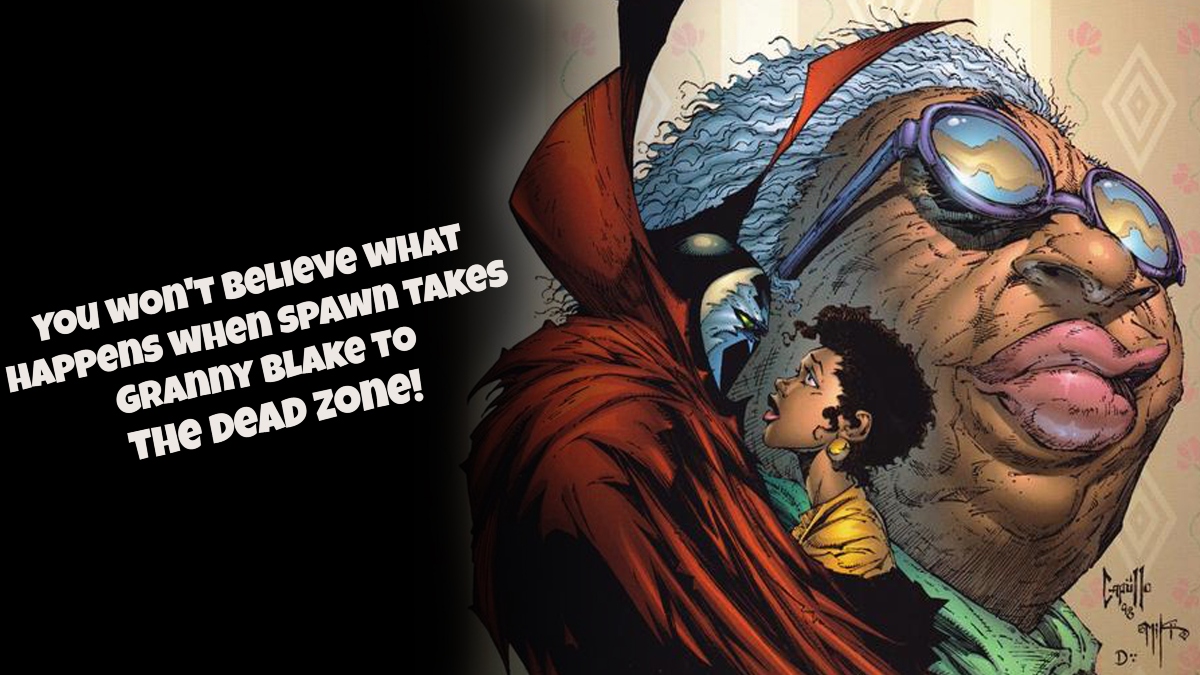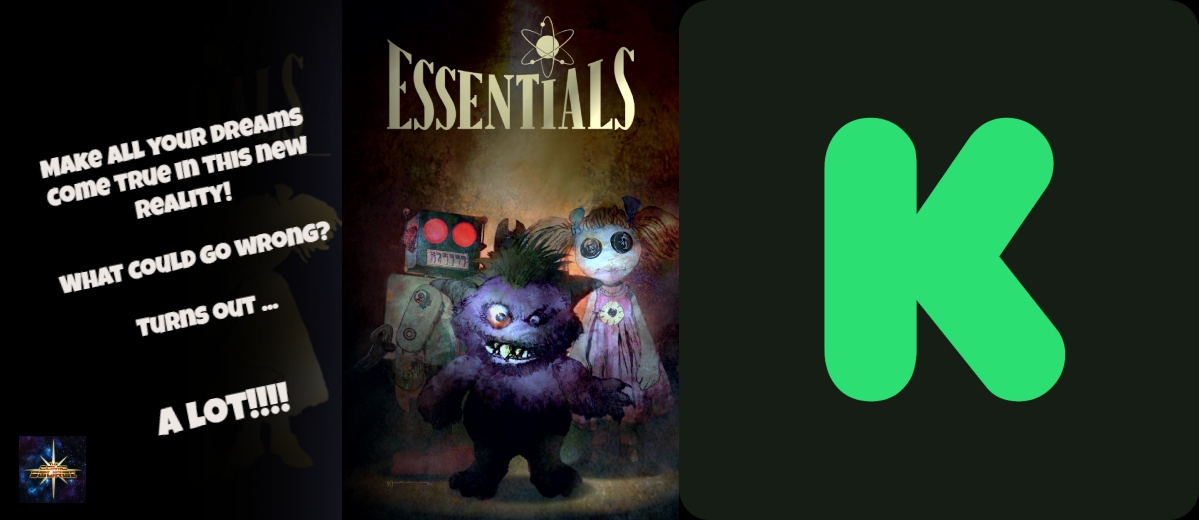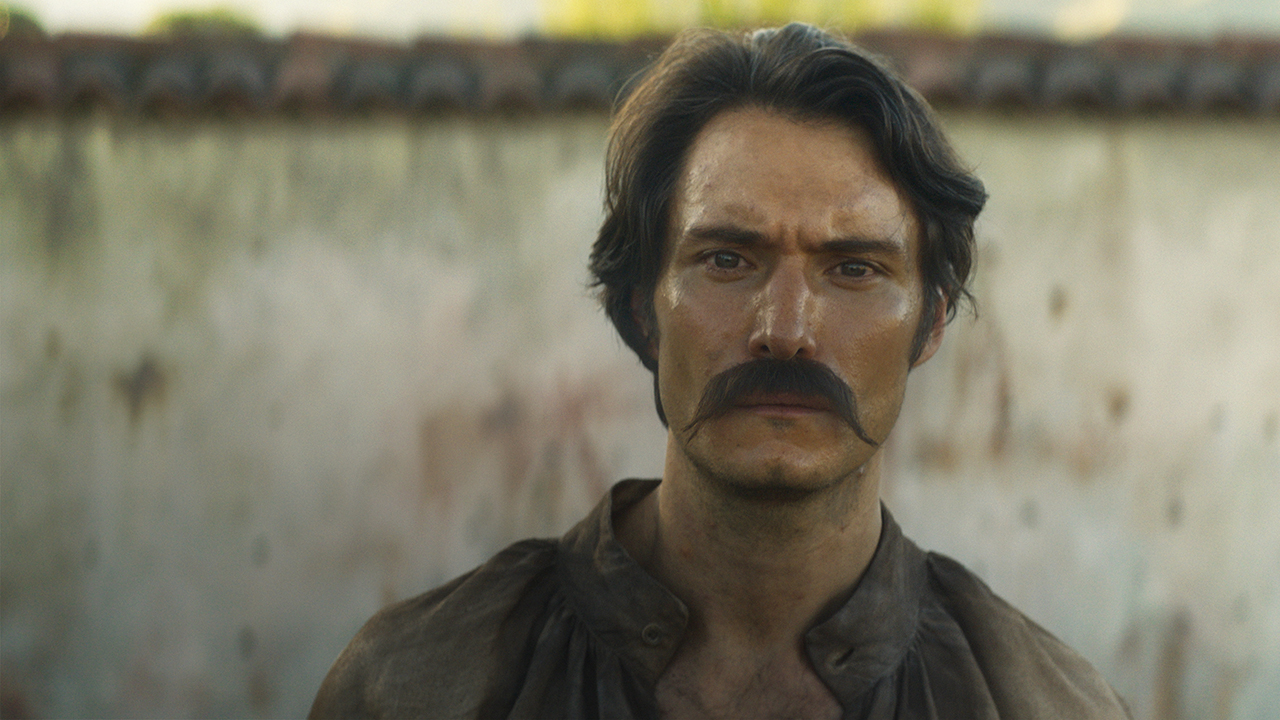As far as lighting and animation, how much crossover do you think there is doing that and lighting in live-action?
Feinberg: I think there are a lot of the exact same principles involved of I’m guiding the audience’s eye with light so that you’re looking at the right thing and not at the shiny thing in the corner, and I’m getting the character to look appealing so when you have an actress and she wants her beauty lighting, we’re doing the exact same thing inside the computer. A lot of those sort of, and the principles of composition are very, it’s exactly the same stuff.
How we execute it is quite different. When you’re doing live-action, generally, you’re beholden to the laws of physics in this world. If you set a light here, you have to make sure the camera isn’t going to come over here and show that the light is there. Our lights are invisible in the computer so we can put lights anywhere we want and don’t even have to worry about that. We also don’t have to worry about electricity needs. You’re not going to blow out the electricity.
Although, to be fair, we did on Cars because we had so many computer to render it. They were like, “No more space heaters people. We got to finish the film.” We have different challenges I think, and going about executing is different. The actual art of it I think is identical.
It seems like every time there is a new Pixar movie you think it looks more beautiful than the last one. It’s amazing what happens. What’s going on as far as the, are there new technologies that are emerging that you have to keep up with, and do you think a movie from Pixar 10 years from now will look even more different?
Feinberg: Yeah, because if you think about it computer animation is actually a pretty young field, sort of all of technology I suppose. From the time I started 20 years ago to now we can do things that we wouldn’t have even dreamed of back then. I think we could render Toy Story in like five minutes now or something. Toy Story is like a joke.
It’s like the computers get faster, the technology advances at a crazy rate I feel in terms of computer animation and this very collaborative industry anyways. We share algorithms with each other so it advances even more quickly. Yeah, absolutely in 10 years the movies will look totally different.
It’s hard when you…we had our lighting tool, then it’s like well that’s an old software-based so we need a new lighting tool so we actually then go out and get a tool used in the industry and then try to make it work within the Pixar system. Then you’re trying to keep the same bar and hope that in a couple years it allows you to raise the bar. It’s like with all technology, it’s like this rat race to keep up.
That’s to say that we aren’t always, as we get new technology I feel like sometimes there’s bumps in the road, and we’re like, “We can’t do what we used to be able to do because we don’t know how to make this thing do that yet.” It’s this constant iteration process.
And yet the time to make the films is still crazy long. Is it shrinking that?
Feinberg: It feels very short, but yes. It takes us four years and a lot of that is about the story, on average. A lot of that is about the story. Part of, I think probably the secret sauce also, a lot of sort of development. The last say year and half to two years we’re actually building in the film that you would see in the film. Once you start building stuff in the computer it’s more expensive in terms of it takes more time, it takes more people, it’s harder to make changes to.
On some of these films, as the studio try to get three films in two years, sometimes it’s like, “Okay, Cars 3 is happening now, and so you don’t have the normal year and half, you have a year.” It’s like, “Blah,” kind of. Then there’s all this stuff where we do it in shorter time periods even though that’s a long time. We have to figure out different ways of managing that.
We’ve all gotten very savvy at how do you do things very quickly in a short amount of time, but still try and make them look as good as you can. Making movies is really hard so you have to be able to manage for the story changes and craziness, and schedule changes and all that stuff.
What was the big challenge for “Coco” as far as the lighting goes?
Feinberg: It is a huge film. It is visually complex, and the Land of the Dead was this huge design problem of like what is it going to look like, and it took us a long time to get there. Then there’s this shot, it was in the trailer, but as you get into the, you first see the Land of the Dead, that reveal, that shot has seven million lights in it. We never would have been able to do that a couple of years ago. We figured it out, but just figuring out what that looked like, let alone getting seven million lights to render was an incredible challenge.
There was a point at which we couldn’t generate any images of it, you can see it dumbed down, but you can’t get a nice clean image. Then we had a trailer and they put that shot in, of course. Then we’re like, “Whew.” Then we got it to rendering, it took 400 hours a frame. There is 24 frames a second, so you can imagine, “Oh, okay, poke the button to render, and you’re going to get it in like a month.” We got it in for the trailer, and we’re not actually done with it, so we’re finishing it and optimizing it some more, and we got it down to 100 hours of frame.
This is the kind of thing where it’s like we do these things, and we think up these ideas, and we draw it in art, and we go yeah, do that, and it’s like I don’t have any idea how we’re actually going to do that. Then we work on, we work on it, we work on it. Then it gets on the screen eventually, but that was definitely. I think lighting was the biggest challenge on this movie.
The Land of the Dead is also hyper-colorful so organizing that into something that’s watchable for me was a challenge in terms of you don’t want people to feel assaulted, and if you have a quieter moment where you need to either give the audience’s eyes a break, or you want them to focus in because there’s an emotional moment, how you do that? What we need up was taking a lot of the color away so we would have a scene so that it’s just two colors so that it was a sign of calm and concentrate and a little more emotional.
Is there any funny outtake, or something that happened while you were producing Coco that was unique to Coco?
Feinberg: Oh, there was so many. The grandmother, Abuelita, she’s this fabulous character. She’s very stern and then she’s very loving. She’s wonderful.
She’s a Mexican grandma.
Feinberg: Yeah. She takes her shoe and she hits things sometimes. We did this extra technology pass, where we got her chin waggles and her arm waggles, and even the animators brought in his abuelita so that they could make sure they got the movement right. I’m not sure she totally knew what was going on, but she was a really good sport about it.
There was a time period where if you don’t run the simulation Abuelita would be doing her acting and her waddle would rip off of her face. It’s very creepy. Those were some entertaining ones where you’re so stressed out and then you get these funny renders. I don’t know. It sort of keeps things light.
I know a lot of times in live-action movies, for example if I’m framing her, and then for some reason we were to pan left or right there’s a bunch of flags and in frame, is it the same with animation? If you turn the camera left it’s completely nothing there, or how does it work?
Feinberg: You don’t see any of our stuff, so you could move the camera. It might not be lit as pretty because a lot of the scenes, you know, if there’s a blank wall in the background we’ll put a ramp of light specifically for that shot, so it’s exactly what we want. If you went a little this way or that way you might see the end of the light or something, but you won’t actually see any equipment like you would in live-action.
But is the world completely built outside of the frame?
Feinberg: Yeah, it’s a whole three dimensional world. We tend to optimize it at the end where we throw away a lot of stuff. But it’s all there. You could take any shot in the movie and set a camera to do a 360 of what it looks like and it’s all there.
You talked before about learning light works and how it effects things. It’s amazing to me that the drama and the emotion that the great animated films today get. Was that also part of your education when you were younger, that I need to learn how make an eye look contemplative or sad? Talk a little bit that within the Pixar world.
Feinberg: I think a lot of that I learned from doing over time, and lighting on a bunch of films. Some of that is somewhat more gut a little bit. You can’t just say, well if you make something sunset you will always feel this way. That could be romantic or it could be melancholy. There aren’t these hard and fast rules that you can necessarily always teach someone, because a lot of it comes down to the movie and what feels right and what your gut says. A lot of that I’ve learned from seeing how we’ve handled it in movies that I’ve worked on, or honestly looking at a bunch of other movies, like watching live-action movies all the time and seeing how it’s handled.
Do you have favorite actors who are so expressive that you think you could learn from them?
Feinberg: What’s funny is our characters…I’m getting them all where the animators have already put in the acting and I have to light them, but one of the interesting things is you have to learn how light each one of our characters. Which I think is so odd because they’re sort of things we created, but Wall-E we had to figure out how to light him so he looked good, because he’s a box. That doesn’t really look very good. He had these glassy eyes and all this crazy stuff. It’s a little more about unlocking the secrets of each character that we brought to life in an odd way.
As a women in a technology field and encouraging young women to do the same, do you think that Pixar has a pretty even amount of women and men working in studios?
Feinberg: I think in general in the studio it might not be 50/50 at this point, but it’s pretty close I think as a general studio. We’re sort of over-balanced in different departments where almost all our producers are women, almost all our managers are women, but all of our directors are men. We’re working on that. The story department used to be all men, now there’s way more women. There’s actually more diversity, because there was this real recognition of you can’t tell diverse stories if you have all of the same people in the room. It’s ridiculous. I think everybody sort of work up and was like oops. Let’s figure this out. There has been movement to fix that.
In a lot of our departments it’s a technical thing so we’re catching up with everyone. In lighting, it’s 30 or 40% women and the leadership it’s three women and three men, so it’s nicely even. I think everyone is pretty used to having a woman boss them around at this point so it’s good.
Really quick question actually. Obviously you have pictures from Mexico and all that stuff, were there any other animated movies of live action movies that you looked for for inspiration visually as well?
Feinberg: We tend to look at live-action movies more than other animated movies. I looked Y Tu Mamá También, for example, because that has some beautiful stuff in it. We looked things like Moulin Rouge and Chicago because there was some going to be some stage show stuff that we wanted to make sure we were doing justice to. In the end this movie more than any other movie we’ve really relied more on I would say on the photos from the research trips and our experiences there, because that just felt more relevant.
Artistically, I’m inspired by all kinds of films, but in terms of touchstone films a lot of times we have more films that we’ve set out, and this one ended up, there’s a little reference from here or here, but it really ended up being more about the research trips.
Don’t forget to share this post on your Facebook wall and with your Twitter followers! Just hit the buttons on the top of this page.
Page 1:
Working At Pixar & The Importance Of Casting
Continue Reading
| < < PREVIOUS | 1 | 2 |

 FOR FANBOYS, BY FANBOYS
Have you checked out LRM Online’s official podcasts and videos on The Genreverse Podcast Network? Available on YouTube and all your favorite podcast apps, This multimedia empire includes The Daily CoG, Breaking Geek Radio: The Podcast, GeekScholars Movie News, Anime-Versal Review Podcast, and our Star Wars dedicated podcast The Cantina. Check it out by listening on all your favorite podcast apps, or watching on YouTube!
Subscribe on: Apple Podcasts | Spotify | SoundCloud | Stitcher | Google Play
FOR FANBOYS, BY FANBOYS
Have you checked out LRM Online’s official podcasts and videos on The Genreverse Podcast Network? Available on YouTube and all your favorite podcast apps, This multimedia empire includes The Daily CoG, Breaking Geek Radio: The Podcast, GeekScholars Movie News, Anime-Versal Review Podcast, and our Star Wars dedicated podcast The Cantina. Check it out by listening on all your favorite podcast apps, or watching on YouTube!
Subscribe on: Apple Podcasts | Spotify | SoundCloud | Stitcher | Google Play







